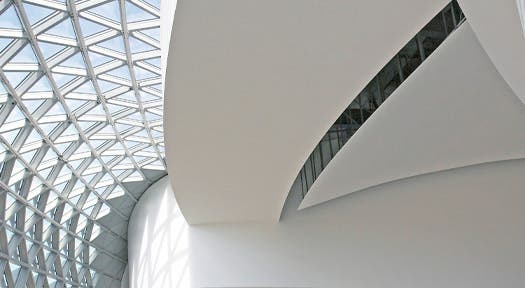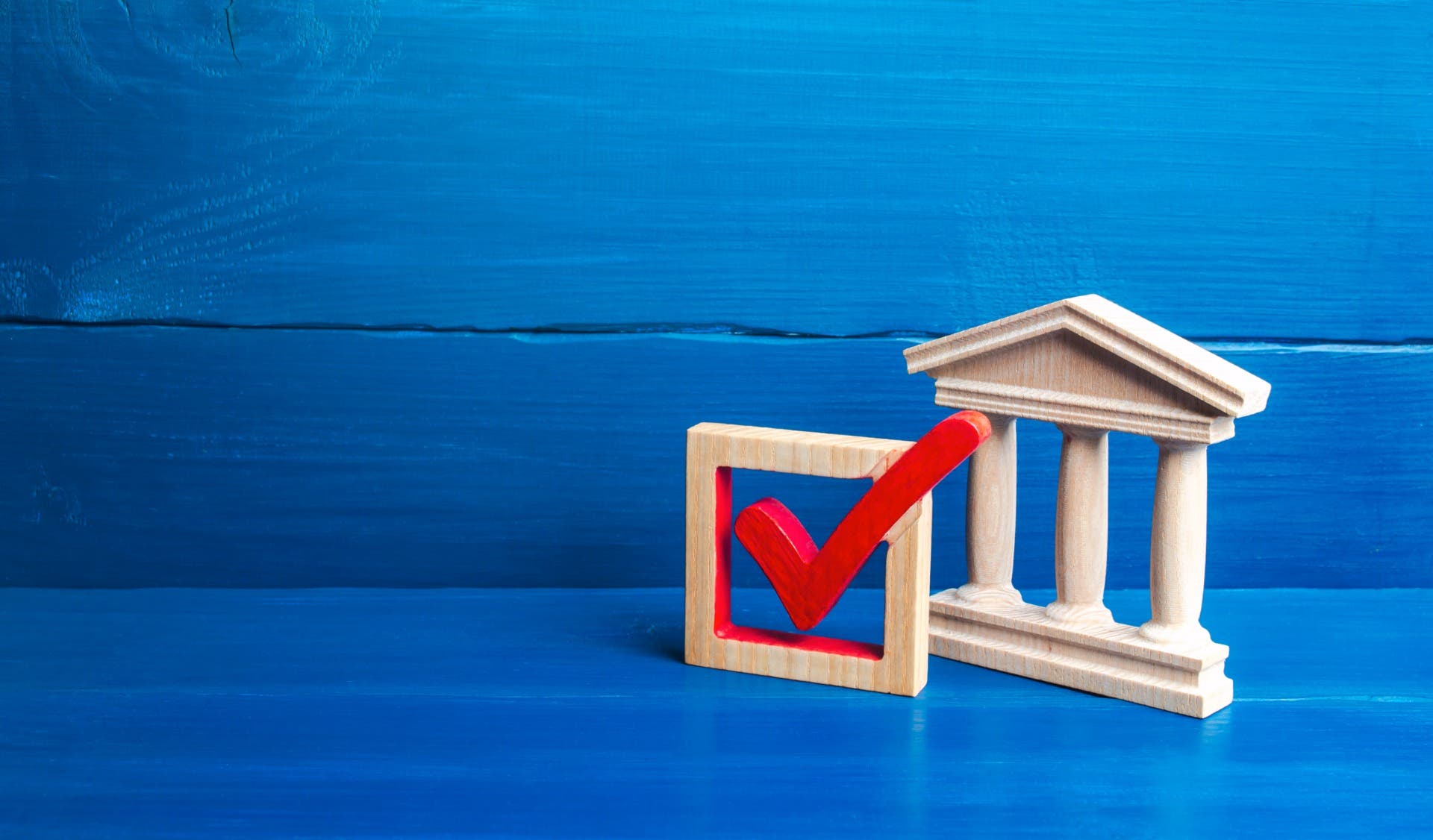What Is LEED Certification and Why Is It Important?
Everyone deserves a safe and conducive environment that's pleasant to live in. The demand for better buildings and a safer ecosystem increases by the day. That’s why LEED Certification helps.
Most contemporary industrial building designs and construction are not helping the situation. They make a living in a better and safer environment difficult due to the hazardous materials used in construction.
That's why tenants demand that environmental impacts be reduced, and conscious effort should be put into raising better buildings.
One of the best measuring tools to know the environmental impact of a building and the sustainability performance of that building is through LEED Certification.

What is LEED Certification?
LEED(Leader in Energy and Environmental Design) was a concept that the U.S Green Building Council(USGBC) formulated.
The LEED certification was set up as a measuring tool for designs, construction, maintenance and other things related to the construction of green buildings.
The USGBC says that Green building is designing and constructing buildings that are to save lives and don't put the occupant's health at risk.
LEED Certification is a worldwide tool used to benchmark the standard of buildings, checking if they're efficient, cost-effective and conducive to occupants to move in.
LEED Certification checks for water efficiency, energy efficiency, CO2 Emission reduction and overall indoor quality. It checks to know the environmental impact of a building on occupants and if the building is safe to live in.
LEED Certification plays an essential role in constructing a green building project. Below you'll find the benefits of LEED Certification for you, your occupants and the environment.
● For You:
The demand for green buildings is rising every day, and tenants are demanding nothing less. LEED Certification helps your building or facility to meet that demand. If your building can pass the LEED Certification test, it portrays you as a leader in green building.
Also, it increases the value of your home. In most cases, the resale price for green buildings is above 30% more than in typical homes.
On the market today, tenants only want sustainable buildings that guarantee a conducive environment and health safety. So when you put up a green building for lease, you can charge higher.
Also, green buildings are very cost-effective; they do not require a fortune to operate to raise a green building, and free resources are required. You probably need water and energy to produce less waste and reduce utility costs.
● For Building Occupants:
Green buildings are all about having a conducive, healthier, safer indoor space. Building occupants will be more appreciative if they can enjoy thermal comfort, indoor air quality, interior lighting and overall safe health space.
For offices and business organizations, green buildings mean that there will be more productivity. Green buildings enhance productivity as well as retain workers.
Workers can only perform excellently in a good and safe working environment.
Here's a scenario: occupants will not be exposed to volatile organic compounds (VOC) in a green building. Or chemical emissions in the indoor space from cleaning chemicals or what have you.
If a building doesn't meet the LEED Certification, occupants could be exposed to these toxic chemical emissions. And this can cause illness and reduce productivity.
The same applies to green buildings for schools and health care facilities. Once these buildings meet up with LEED Certification, the environment can be considered safe for learning and treating sick patients. In sum, LEED Certification improves air and health quality in a building.
● For the Environment:
LEED Certification on buildings decreases stress on the environment. They save more energy and use fewer resources. They also reduce the use of energy and water and they produce less waste.
The difference between a LEED Certified building and a non-certified one is that a LEED-certified building can produce 34% fewer carbon emissions.
Whereas a non-certified one has a direct impact on the environment. This can be harmful to health because the Environmental Protection Agency speculates that the indoor air is ten times more occupied than the outdoor air.
LEED certification is designed to make indoor air quality conducive enough for living by detoxifying the air from toxins and pollutants.
Before a building meets the LEED Certification requirement, it must pass through on-site inspections, detailed document reviews and high health and safety performance.
How Do You Get Your Project a LEED Certification?
The LEED certification standard improves over time. The current LEED certification standard is v4.1. For your project to attain the LEED certification, it must meet certain requirements and earn some points in each category.
The first thing to do is to check for the rating system your project falls into. Currently, there are only 6 rating systems, and they include:
- Building Design and Construction
- Interior Design and Construction
- Operations and Maintenance
- Residential
- Cities and Communities
- Recertification
In these 6 rating systems, there are categories which you can earn points from.
The second thing to do is to measure the standard in each category and find out the points you can earn. The categories include:
- Location & Transportation
- Sustainable Sites
- Water Efficiency
- Energy & Atmosphere
- Materials & Resources
- Indoor Environmental Quality
- Innovation
Your project can be rated Silver, Gold or Platinum; it all depends on how many points your building could attain. Your points will be reviewed upon submission. Every point you attain will be summed up with the worth of your project.
Green building offers many benefits that cannot be overlooked. These benefits include handling climate change issues, creating a conducive and sustainable environment and improving economic growth.
The benefits of green buildings can be classified into three categories: Environmental, Economic and social.
Environmental
- Intensify and preserve biodiversity and ecosystems.
- Refine air and water efficiency quality
- Reduce wastage
- Shield and restore natural renewable resources
Economic
- Reduce overhead business costs
- Improve the activeness of occupants
- Increase asset value and profits
- Optimize life-cycle performance of a business operation
Social
- Increase the comfort and health of the occupants.
- Enhance indoor air quality
- Enhance the overall quality of life
Conclusion
Green buildings are becoming the new norm. Now, the sustainability and conduciveness of a building are just as paramount as the building itself. It is getting mandatory to raise a building with a green building concept in mind.
A green building has much to give back to the occupants and the entire environment. In offices, it improves productivity, and in residential spaces, it enhances the quality of life.
A green building can only be recognized if it meets the LEED Certification requirements. The LEED certification differs based on location, codes and standards. But the overall purpose is to increase occupants’ quality of life and productivity.
If a building is classified as a green building, but the wrong materials are used in the interior decoration, it defeats the purpose of the LEED Certification. Hence, it's best to use LEED-certified materials, like the USG ME Skynet Wood Wool Ceiling Direct Mounting.










